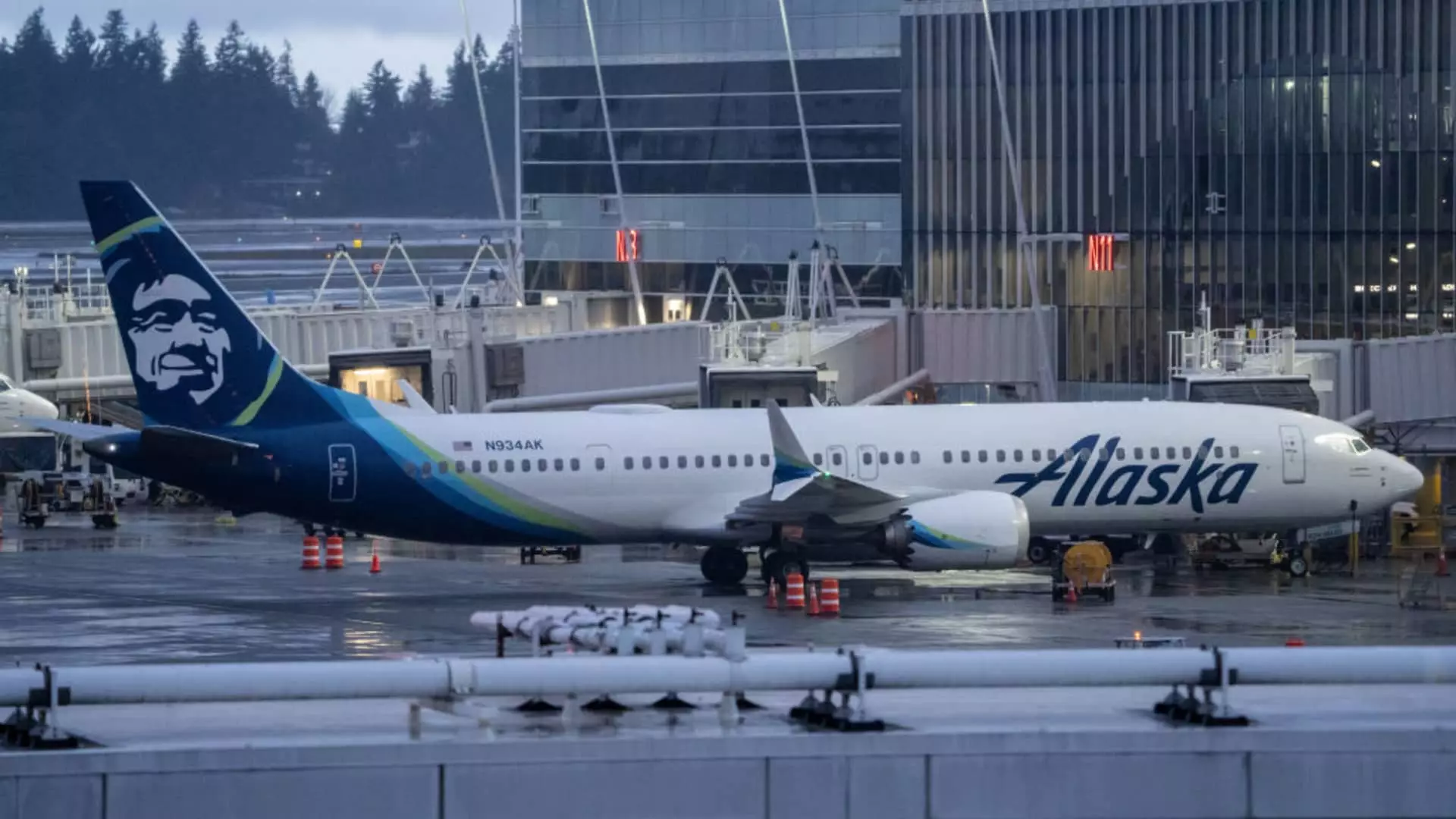In a recent revelation that echoes the struggles faced by many airlines, Alaska Airlines has signaled a downturn in expected earnings due to softer travel demand. The situation may seem bleak, but it paints a vivid picture of how external economic forces can disrupt even the most established players in the air travel sector. Despite the stabilization in booking rates, Alaska Airlines foresees a considerable six-percentage-point decline in unit revenue, indicative of a broader trend affecting the airline industry. Compounding this challenge is the company’s hesitation to provide updated full-year guidance amidst ongoing economic uncertainty.
Financial Forecast: Reality Check for Investors
Alaska Airlines’ forecasts for the second quarter present a stark contrast to prior projections, with adjusted earnings per share anticipated to range between $1.15 to $1.65. This is significantly lower than Wall Street’s optimistic expectations of $2.47. Such a gap emphasizes the reality of the current market and highlights the volatility that both airlines and investors must grapple with. It’s not merely a matter of declining bookings; it’s an illustration of how airlines must recalibrate their financial anticipations and aggressively adapt to evolving customer behaviors.
Demand Dynamics: The New Normal?
Interestingly, while customer bookings remain active, the fare levels are not nearly as robust as seen in previous quarters. CFO Shane Tackett noted a drop in ticket prices compared to late 2022 and early this year. This dynamic could suggest a shift in consumer sentiment—potentially indicative of travelers becoming more price-sensitive in light of soaring inflation and economic pressures. Analysts and airline executives alike must now reconsider their strategies to accommodate not just the volume of travelers but also the overall value proposition offered to them in a fluctuating market.
Resilience Amidst Adversity
Although the immediate future appears rocky, Alaska Airlines isn’t playing the blame game. CEO Ben Minicucci articulated a forward-focused strategy, promoting the airline’s commitment to safety, care, and performance. His sentiments reflect an inherent resilience, positioning Alaska Airlines as a sturdy vessel navigating through turbulent skies. Despite the present challenges, Alaska remains confident in its ability to turn adversity into opportunity, potentially strengthening its long-term foundations.
Comparative Performance in the Industry
The nuances of Alaska’s performance are intriguing, especially given the airline managed revenue growth through the first quarter. Although achieving $3.14 billion in revenue marked a 41% increase year-over-year, it still fell short of the anticipated $3.17 billion. Such discrepancies indicate that while there is growth potential, aligning it with forecasted expectations remains a significant hurdle. This situation begs a deeper analysis of how other airlines are faring and whether a pattern is emerging within the broader aviation sector.
In this intricate web of market fluctuations and consumer behavior, Alaska Airlines exemplifies the delicate balance between maintaining operational efficiency and adjusting to real-time economic realities. The challenge lies not simply within the numbers but in the company’s capacity for agility and innovation in facing unexpected downturns.


Leave a Reply